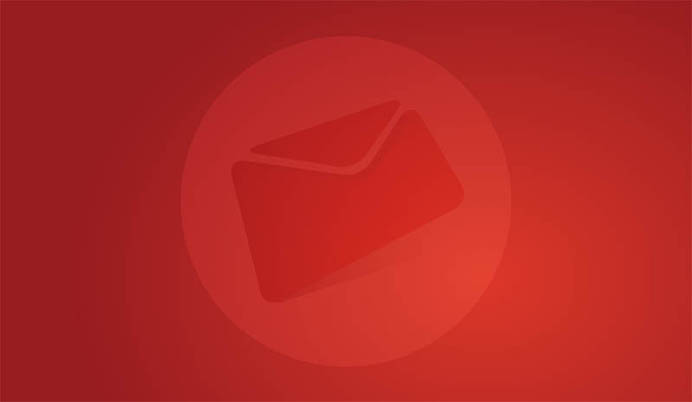5 ways of adding personalisation to your email marketing strategy
Everyone likes to be more than a number or an email address, and by personalising your email marketing campaigns, you'll be demonstrating to that prospect or customer that you have something relevant for them. Consumers want the personalised journey, they want to be sent email marketing that contains relevant content, offers and 77% of consumers have chosen, recommended, or paid more for a brand that provides a personalised experience – Forrester.
Here are our top 5 tips:
1. No data? No problem!
Many brands put personalisation on hold until they have more data to use, but that needn’t be the case. You can personalise your email campaigns without the need to store any data but using something called live content. Live content includes data such as weather, location, device, time and social media streams. Here’s an example of email content using live weather content:
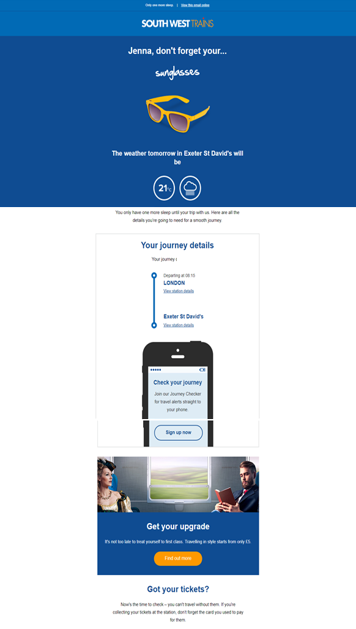
Because it's forecast to be sunny, the content includes a message not to forget my sunglasses on my trip! If the weather were predicted to be raining, this would change to bring an umbrella.
Weather can also be used to personalise the products that are included in your email content, in real-time without you worrying that the data is out of date when you press send.

This is the same if you have limited data. You may only know the gender of your subscribers, and that too can be used for personalisation, by including gender-specific content:

As you'll see on the left, this email is sent to Males, and the email on the right is assigned to Females, both showcasing different products based on the gender.
2. Always think about the customer
For personalisation to work it’s not about including everything, it’s about focusing on the customer. Understanding their needs so your email marketing can be useful to them. What do your customers want to receive and when do your customers want to receive it? Alternatively, maybe it’s their birthday, acknowledge it and send them a personalised email celebrating their big day, like these examples below:
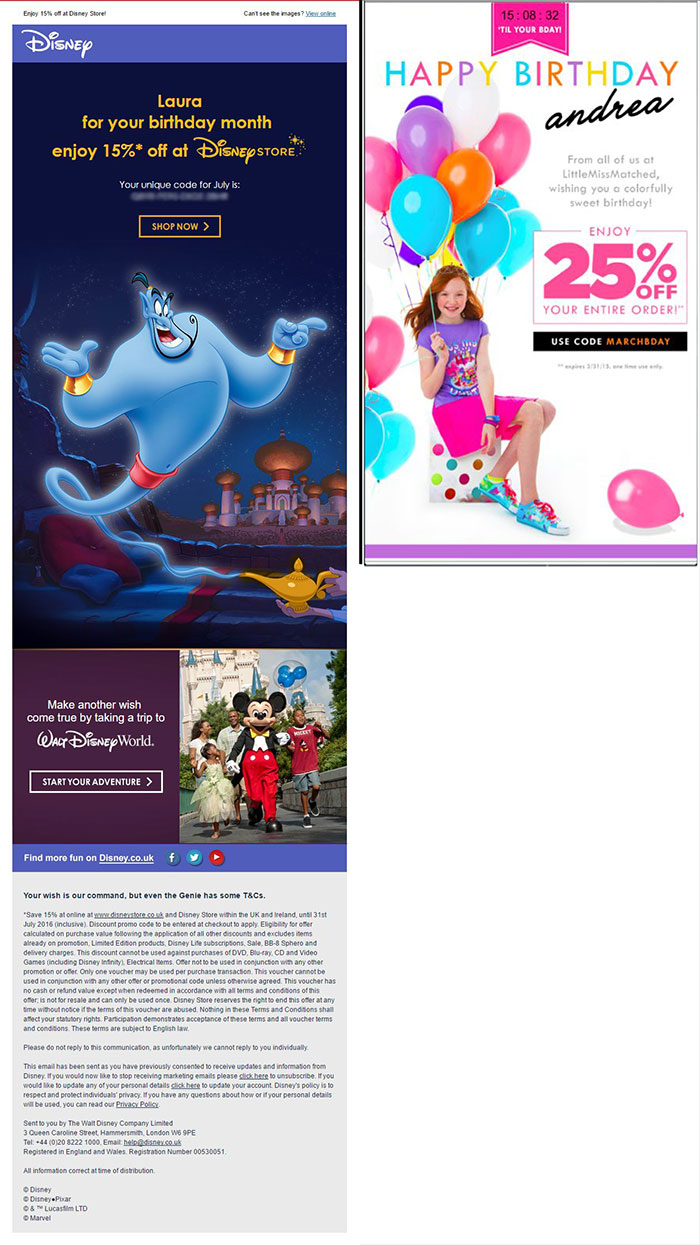
The transactions your customers make also tells you a lot about their interests and enables you to predict similar products that are most likely to appeal to them or compliment an order they have just made:
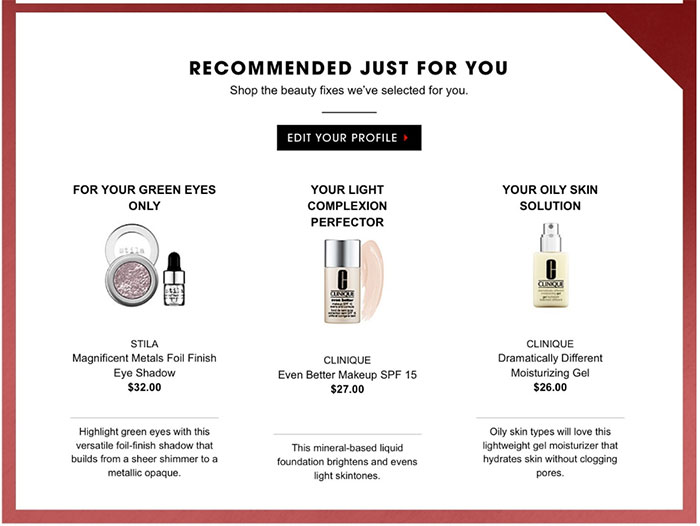
3. Optimise throughout the customer journey
Don’t let this be what your customers are saying about your company when they receive your email marketing: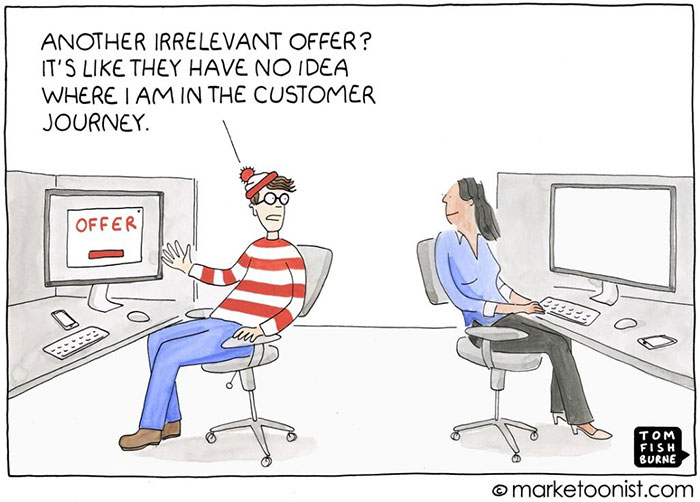
Because if your customers are saying this is about you, they are likely to unsubscribe:
67% of consumers unsubscribe because they are receiving too many irrelevant emails. Source: Litmus, Adapting to Consumers Definition of Spam report, 2017
It’s important to remember that “Even when you are marketing to your entire audience or customer base, you are still simply speaking to a single human at any given time.” - Ann Handley, Marketing Profs
Consider where that recipient is on their journey with you, maybe their behaviour is demonstrating that they are likely to a make a purchase. Everytime you send an email campaign you'll be collecting behavioural data, use it to inform your email strategy.
For example, you may analyse the journeys on your website and identify people who visit a particular page are more likely to purchase than those that don't visit that page. It would be worth testing if offering a bespoke content message or discount offer to users when they arrive at that page, with the aim of driving conversions.
Alternatively, the analysis might reveal that those arriving from specific search keywords will tend to be interested in a particular area of product or attribute, enabling the retailer to serve a simple home page to those users.
This personalisation meets the barrier of ‘real’ personalisation, as it delivers a bespoke experience based on an individual user’s behaviour.
Many triggered email programmes can be created from a customer journey with you, such as a welcome email when a recipient first subscribes to receive your email marketing, their first purchase with you, abandoning their basket and so on as demonstrated below throughout this customer lifecycle:
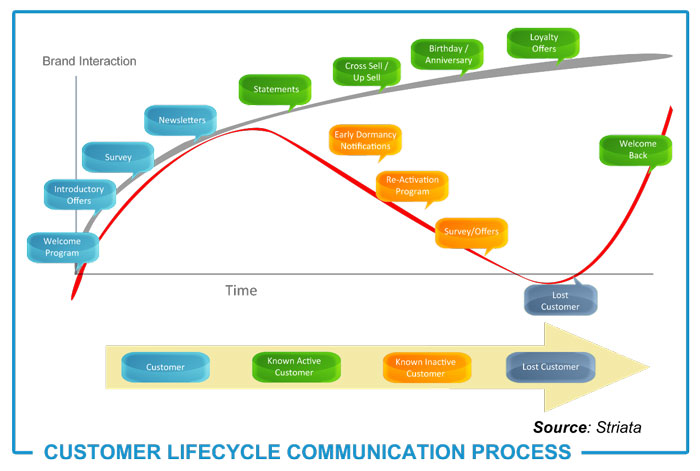
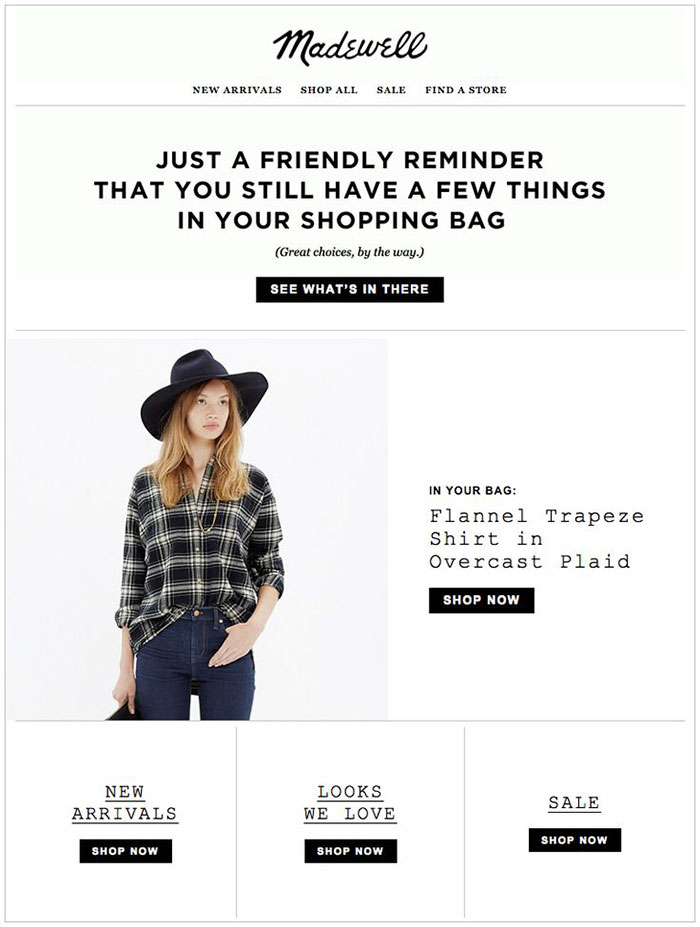
Segmentation is your friend when creating personalised campaigns and will enable you to connect with subscribers. If the subscriber has provided their name use it and include other known information such as any information that has been provided in a preference centre.
Use the behavioural and purchase information you have gathered and personalised the content, e.g. ‘Because you purchased this; we thought you might like this..’
However, when including personalisation in your activity don't lose the common sense approach!
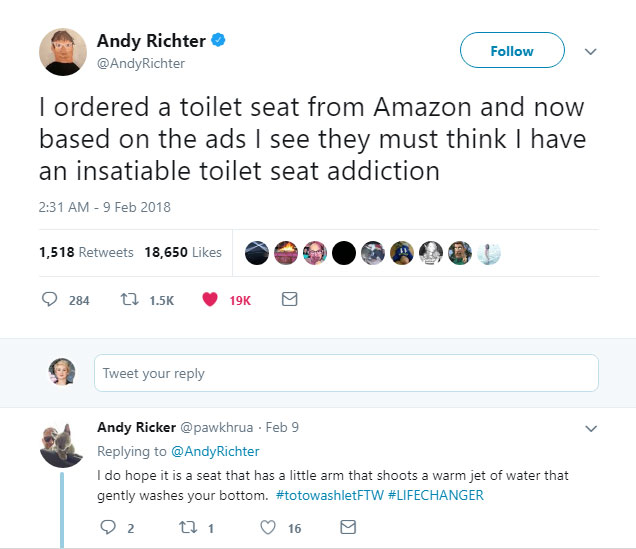
4. Be creative!
Creativity is key! Sending an email that contains the same image every week isn’t going to inspire and engage your subscribers. Grab their attention, make it personal to the recipient beyond just their first name or gender. Consider including relevant products to a purchase they have just made, or tailor the content based on what they read most on your website or have clicked most in your email campaigns. Start to break down all of that insight you are gathering and use it creatively.
Thornton's have creatively included the recipient's name on a box of chocolate to promote their personalised gifts. A tremendous eye-catching way to engage a customer but also to promote a product!
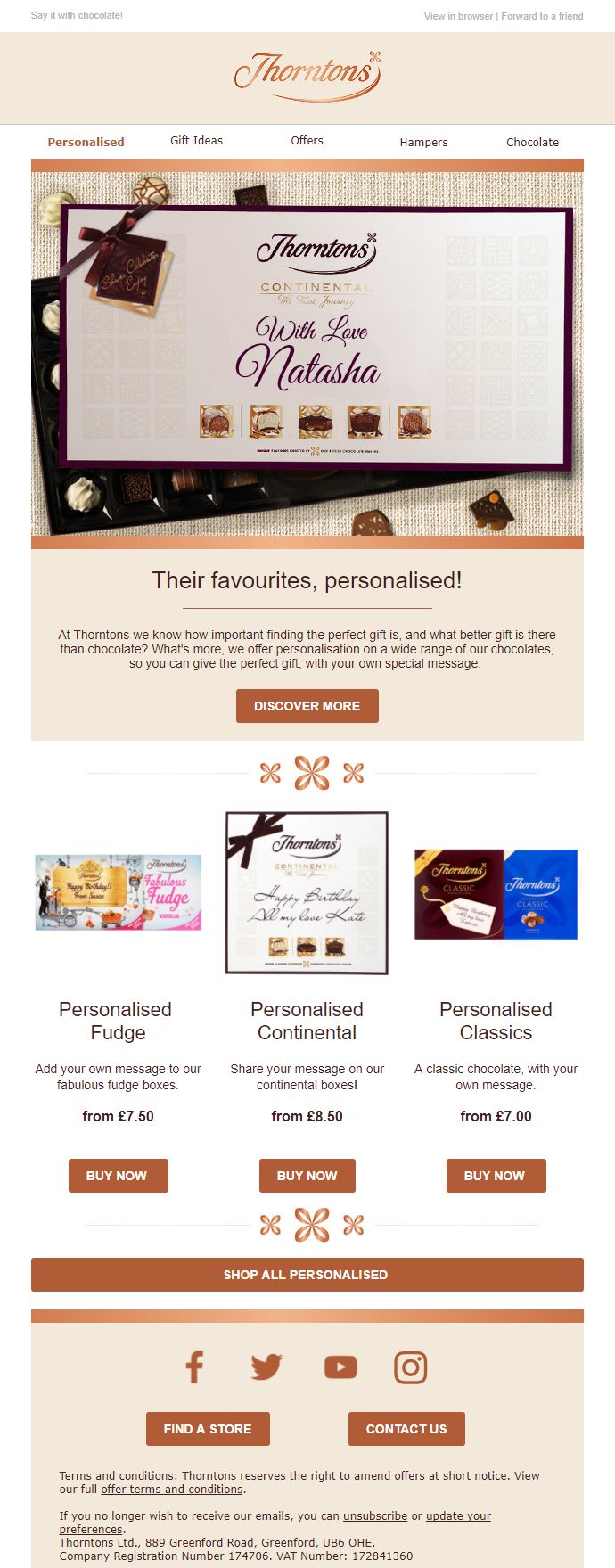
5. Test and measure the impact
When adding anything new to your email campaigns, it is always the best approach to test it first, before it is more widely used. A simple test would send a personalised vs non-personalised email to the same segment group and analyse the results. However, my recommendation is to run a test for a relevant period of time-based on your buying cycle and continually monitor the effects during that time rather than just test on a campaign by campaign basis.
The metrics you use to measure should be quantifiable and not subjective as an example this would include conversion rate, engagement score trend, average session duration, average page views per visit, click to open rate… to provide accurate results. Consistent measurement processes should also be used to give a fair comparison across segments (if you test with multiple segments, which we recommend that you do) and over time too.
However, remember the KPI's your business sets for your email marketing campaigns, should be unique to your business and aligned to achieving the determined goals.
Author: Jenna Tiffany

